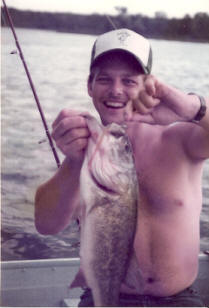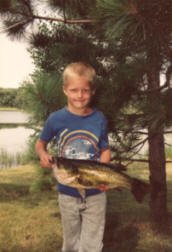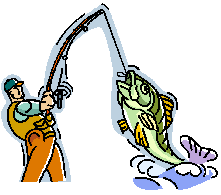Life Under The Lilly Pads
Largemouth bass prefer calm, undisturbed, clear, clean water with abundant vegetation. The range of water they prefer to live in water usually no deeper than 2.5 meters, but conditions do occur when they will live in much deeper water (ex. during winter months). The vegetation the largemouth bass lives in or in fishing terms called "cover" in the body of water is crucial to the Largemouth’s habitat because it provides shelter and protection from predators, and it provides a home for the bass’ prey. This "cover" which can range from fallen trees, weeds, aquatic plants, to a beaver dam. There are around 150 native aquatic species in Minnesota alone. Some of the plants are Northern watermilfoil, coontail, Canada waterweed, white water lily, and spatterdock. Aquatic plants and vegetation will change greatly with different geographical environments. The species named above are native Minnesota and common to the Midwest.



Largemouth bass can be found in association
with many types of fish including, sunfish, bluegills, perch,
walleye,
northern pike and many more. The largemouth bass
growing up is a plentiful food source for other aquatic
organisms, but as an adult it’s a top predator in the ecosystem.
They play an important role in maintaining the balance of
the animals below them in the food chain. As an
adult, predators consist of
snapping turtles, great herons, eagles, and humans. See what special
adaptations the
largemouth bass has next!